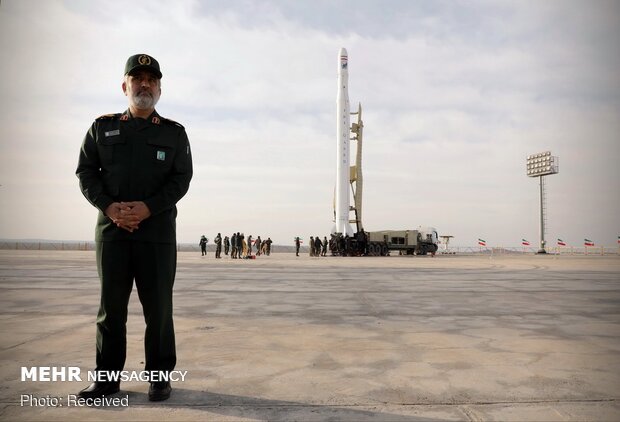He made the remarks on the sidelines of the ceremony to join domestically-built radar systems to the country’s defense network on Tuesday in Yazd.
"Low depreciation and construction costs are among the superior features of the IRGC aerospace radar systems," Hajizadeh said, adding, "These radars are capable of detecting small flying objects and targets at the range of 350 km, as well as identifying and tracking any flying objects according to the altitude of the target up to a range of more than 1000 km."
He considered the overlap of the IRGC air force radars with the radars of the army of the Islamic Republic of Iran as one of the great military achievements of the country, saying, "If there are 20 countries in the world that construct radar, Iran is definitely among the top 10 countries."
Referring to the scientific and executive capacity of the elite IRGC Aerospace Forces, Hajizadeh said, "Our young elite forces are able to build and provide the radars needed by the operational forces."
"Over the next three months, the next radar will be launched in Chabahar and the number of national radars in this class will increase to eight by its launch, IRGC commander added.
Today, Iran has put two more Ghadir long-range radar systems into operation in a bid to boost the country’s deterrence might in Kerman and Yazd provinces.
The first set of the long-range advanced radar was stationed in a base in the central city of Garmsar in June 2014. The second set was put into service in the southwestern city of Ahvaz in July 2015.
Totally designed and produced by the local military experts at the IRGC Aerospace Force, the Ghadir identifies aerial targets on the basis of 3-dimensional detection. The system enjoys nonstop monitoring activities.
ZZ/5041693






















Your Comment